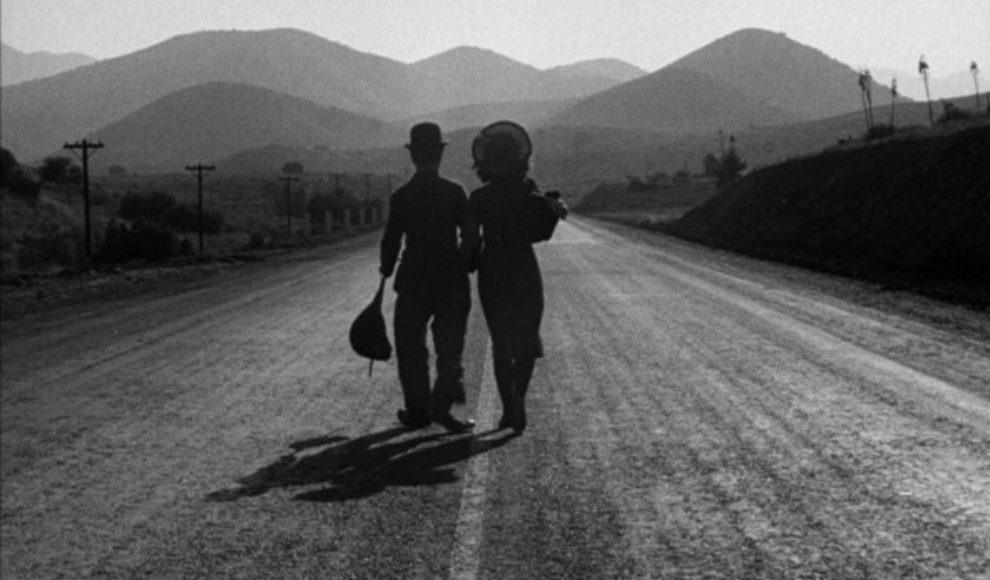Tarzan and His Mate
Directed by Cedric Gibbons
1934/USA
Metro-Goldwyn-Mayer (MGM)
Second viewing
Tarzan: Good morning, I love you.
Jane Parker: Good morning, I love you. You never forget, do you, Tarzan?
Tarzan: Never forget… I love you.
Jane’s (Maureen O’Sullivan) ex-fiancee Harry Holt returns to Africa in search of a treasure in ivory in the elephant’s graveyard and in hopes of luring her back to England. She belongs heart and soul to Tarzan (Johnny Weissmuller), however. Tarzan agrees to lead Harry and his no-good partner to the elephant’s graveyard but balks at letting them take any ivory out.

I found this sequel far less offensive than the original Tarzan the Ape Man (1932), although it still suffers from some bwana-itis. The relationship between Tarzan and Jane, and theirs with Cheeta, is quite charming. However, the action palls too soon. It is basically Tarzan wrestling a wild animal into submission over and over again.
This film came out in April 1934 before the Production Code began to be enforced. Clearly, we would not have been treated to a fairly lengthy scene of Jane’s nude underwater bathing otherwise! Interestingly, Tarzan does not feel called upon to skinny dip when he is swimming with her.
Trailer








 Directed by Howard Hawks
Directed by Howard Hawks











